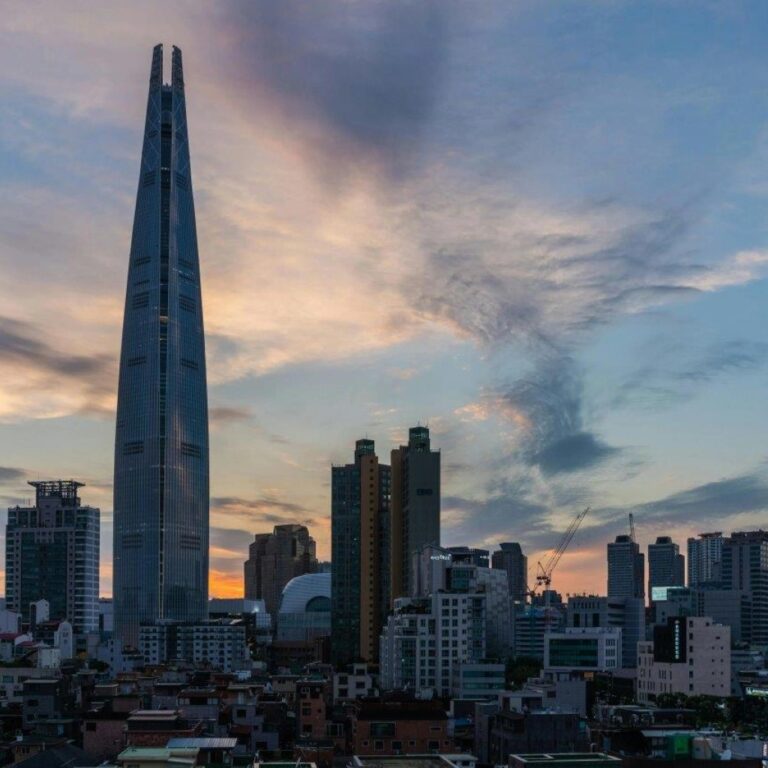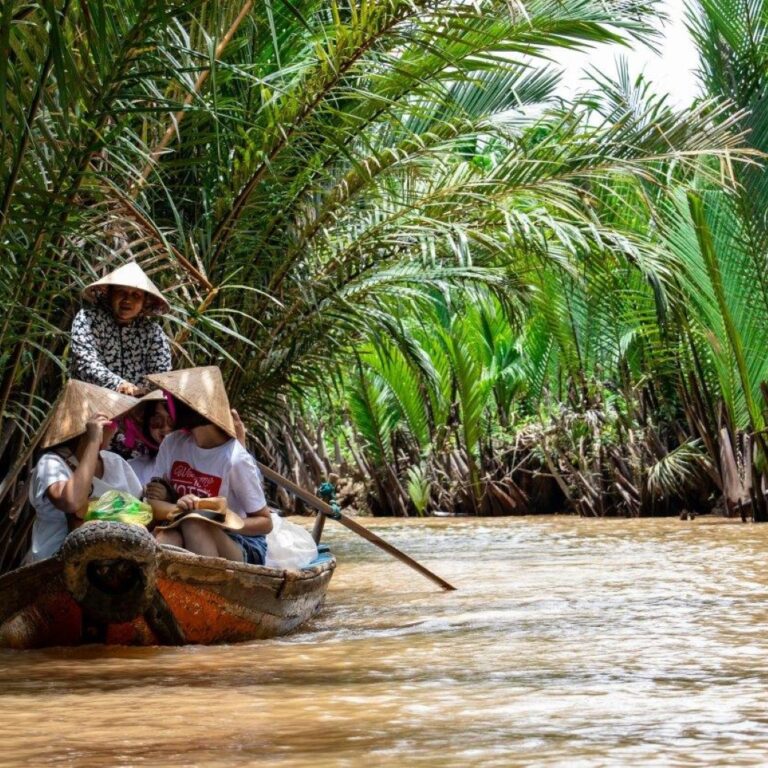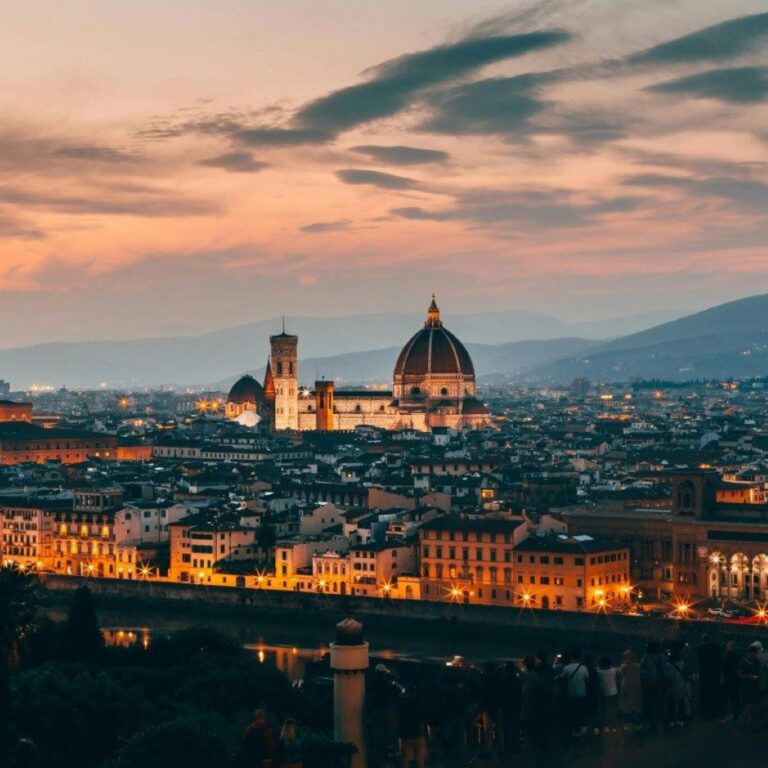Seoul was founded in 18 BC as the capital of Baekje, one of the Three Kingdoms of Korea.
The city's name means 'capital' in Korean.
Seoul is home to five UNESCO World Heritage Sites, including Changdeokgung Palace and Jongmyo Shrine.
The city is the fourth largest metropolitan economy in the world, after Tokyo, New York, and Los Angeles.
Seoul's Gyeongbokgung Palace, built in 1395, is one of the largest and most beautiful palaces in Korea.
The city has a population of over 10 million people, making it one of the most densely populated cities in the world.
N Seoul Tower, located on Namsan Mountain, offers panoramic views of the city and is a popular tourist attraction.
Seoul is known for its vibrant nightlife, with districts like Hongdae and Itaewon offering a wide range of entertainment options.
The city has a highly efficient public transportation system, including buses, subways, and high-speed trains.
Seoul's Dongdaemun Design Plaza (DDP) is a major urban development landmark known for its neo-futuristic architecture.
The city hosts numerous festivals throughout the year, including the Seoul Lantern Festival and the Seoul Kimchi Making & Sharing Festival.
It is a major hub for technology and innovation, home to tech giants like Samsung and LG.
The Han River, which runs through the heart of Seoul, is a popular spot for leisure activities like biking, picnicking, and water sports.
The city is famous for its street food and night markets, with popular dishes including tteokbokki, hotteok, and gimbap.
The city has a rich cultural scene, with numerous museums, theaters, and galleries showcasing Korean art and history.
How useful was this post?
Click on a star to rate it!



